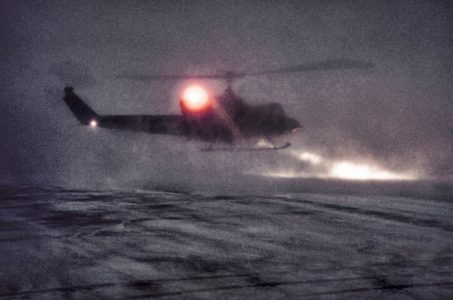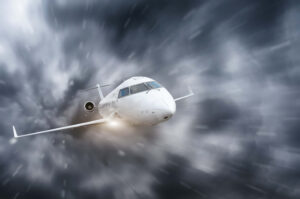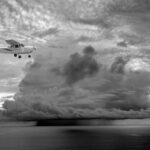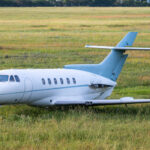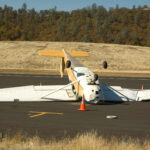IFR weather conditions can be dangerous without preplanning
IFR weather aviation is a type of air navigation requiring instruments and other navigational equipment to fly aircraft in low visibility conditions, such as fog, rain, or snow. It is an essential tool for pilots who need to operate their aircraft safely during periods of reduced visibility.
In IFR weather aviation, the reliance on instruments and navigational equipment is paramount. Pilots must be familiar with their aircraft’s instrument panel, navigation system, and autopilot if installed. Other tools include radar systems, ground-based radio stations for communication with Air Traffic Control (ATC), and even satellite imagery. This equipment must all work symbiotically if IFR weather aviation operations are to be flown safely.
Regulations and company policies dictate IFR operation requirements. Pilots must also understand how different types of terrain can affect IFR operations. Failure to adhere to regulations, rules, and restrictions could potentially result in disaster.
Overall, understanding how IFR weather aviation operates and preparing accordingly for it is critical to ensure safe flights in limited visibility. Without proper preparation, any flight undertaken in these conditions could result in serious harm or loss of life, so pilots should never take flight planning lightly.
IFR flights conducted at low altitudes in reduced visibility conditions pose an increased risk of mid-air collisions or controlled flight into terrain incidents if proper precautions are not taken. Pilots must understand how IFR works to fly the aircraft when faced with these conditions safely!
Tips for Safely Navigating in Low Visibility Conditions
When navigating IFR weather, pilots must remain vigilant and prepared for any eventuality. To ensure safe IFR operations there are a few key tips that all pilots should keep in mind:
- Familiarize yourself with your aircraft’s instrument panel. This will allow you to effectively manage all the information available at any given time and quickly respond to changes in flight path or visibility if necessary.
- Ensure that you have a thorough understanding of IFR charts and procedures. This includes MEAs, which should only be descended below on approach if approved by ATC due to terrain clearance requirements; failure to adhere to these restrictions could potentially result in disaster.
- Make sure you have an up-to-date weather briefing before each IFR flight – this should include detailed information about current conditions, such as visibility levels and cloud cover altitude, so that you can plan accordingly.
- Finally, if unexpected conditions occur during the flight, such as increasing fog or low clouds, then make sure to react appropriately by either diverting or ascending/descending according to local regulations to always remain clear of surrounding terrain or airspace!
IFR weather flying presents a unique set of challenges and risks that all pilots must be prepared for to fly safely. With these tips in mind, pilots should feel confident when navigating IFR weather!
RELATED CTS TRAINING
RELATED CTS TRAINING

